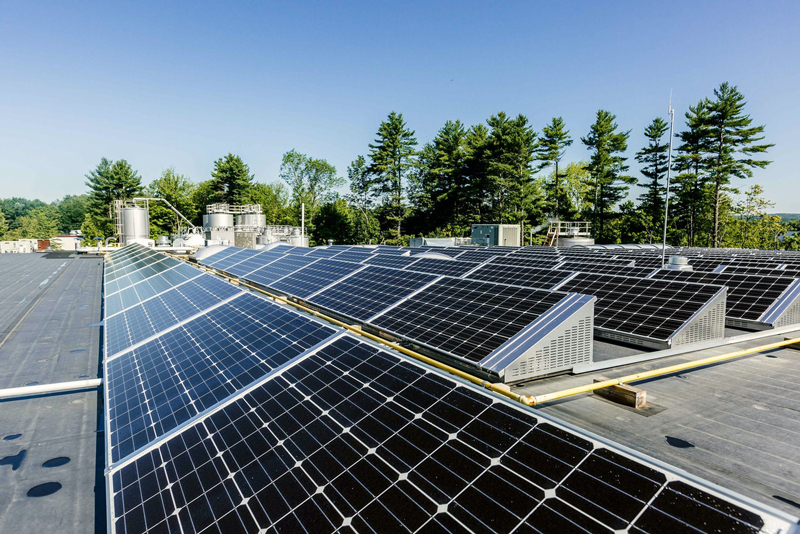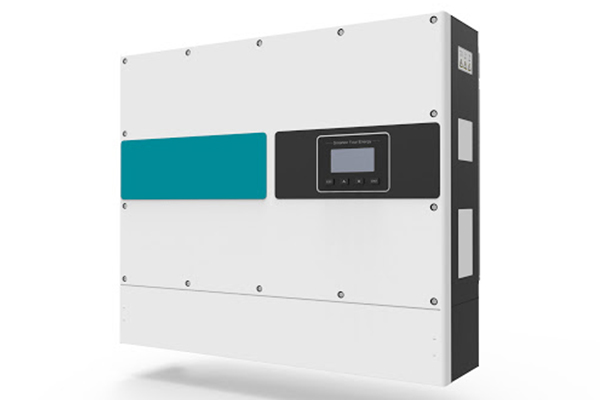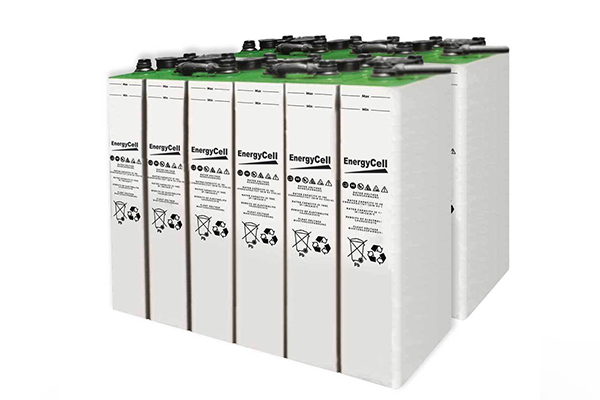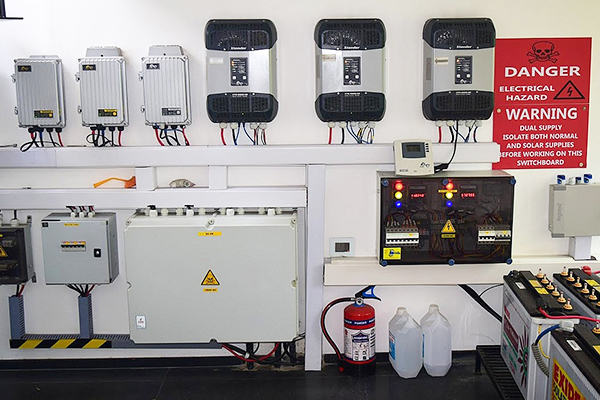Solar Project
All solar power systems work on the same basic principles. Solar panels first convert solar energy or sunlight into DC power using what is known as the photovoltaic (PV) effect. The DC power can then be stored in a battery or converted by a solar inverter into AC power which can be used to run home appliances. Depending on the type of system, excess solar energy can either be fed into the electricity grid for credits, or stored in a variety of different battery storage systems.
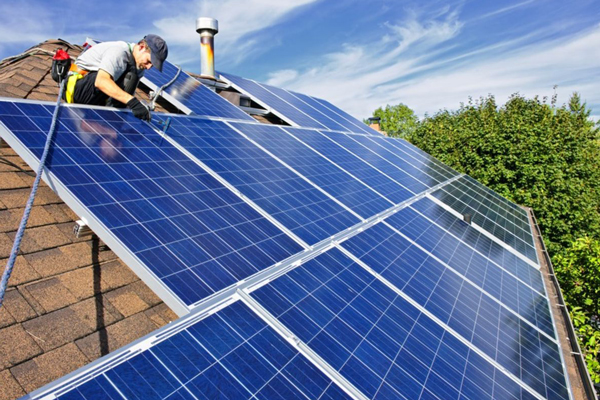

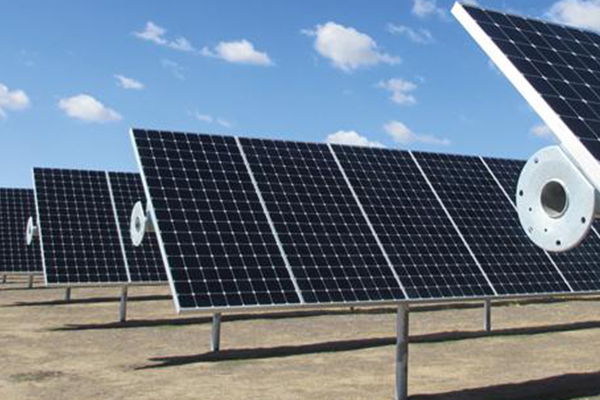
The three main types of solar power systems
First we will describe the common components used by all three types before going into more detail about the different systems and how they work.
Main Components Of A Solar System - Solar Panels
Most modern solar panels are made up of many silicon based photovoltaic cells (PV cells) which generate direct current (DC) electricity from sunlight. The PV cells are linked together within the solar panel and connected to adjacent panels using cables. Note: It is sunlight or irradiance, not heat, which produces electricity in photovoltaic cells. Solar panels, also known as solar modules, are generally connected together in ‘strings’ to create a what is known as a solar array. The amount of solar energy generated depends on several factors including the orientation and tilt angle of the solar panels, efficiency of the solar panel, plus any losses due to shading, dirt and even ambient temperature. There are many different solar panel manufacturers on the market, so it worth knowing which are the best solar panels and why.
